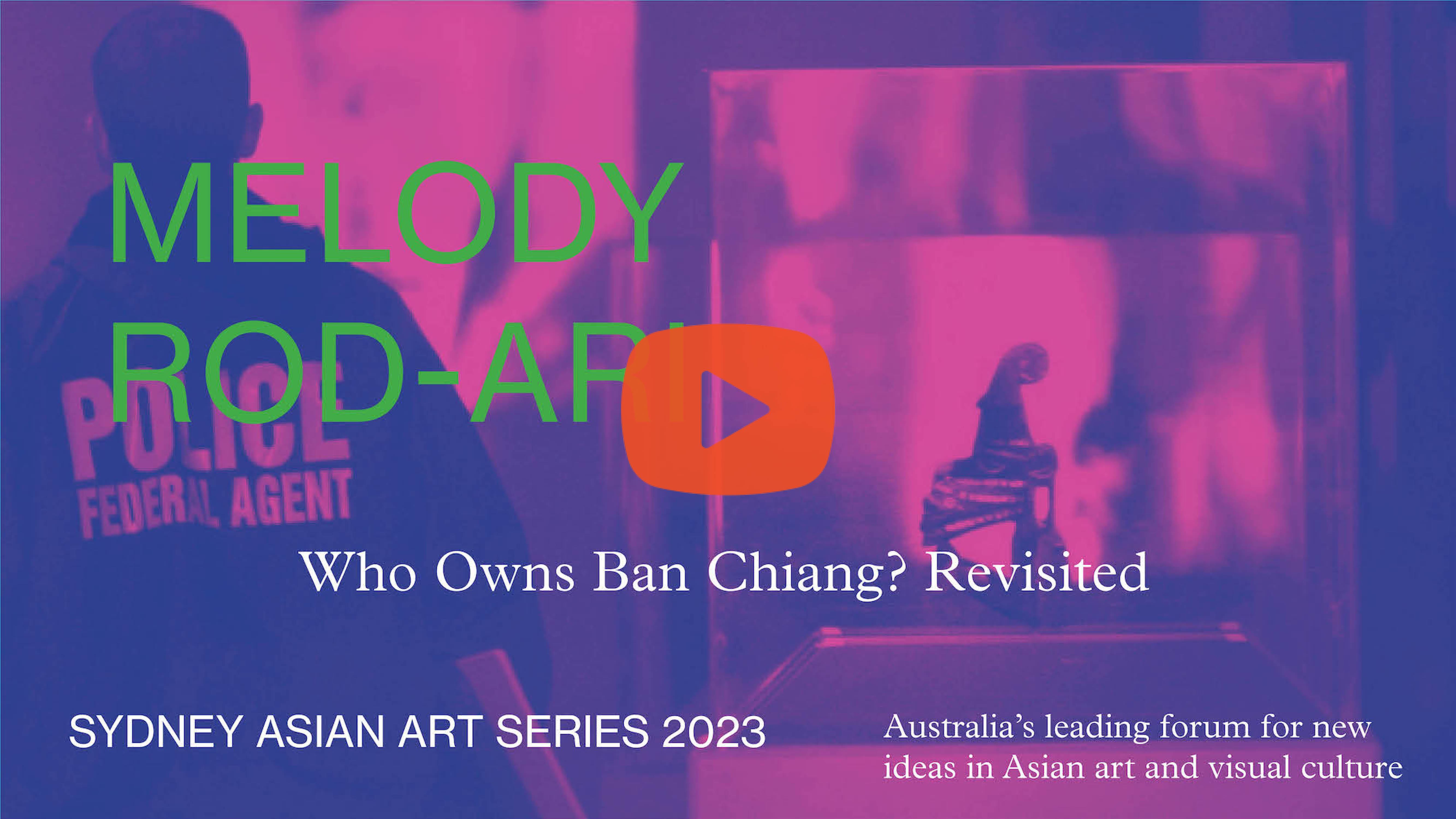Who Owns Ban Chiang?: Revisited
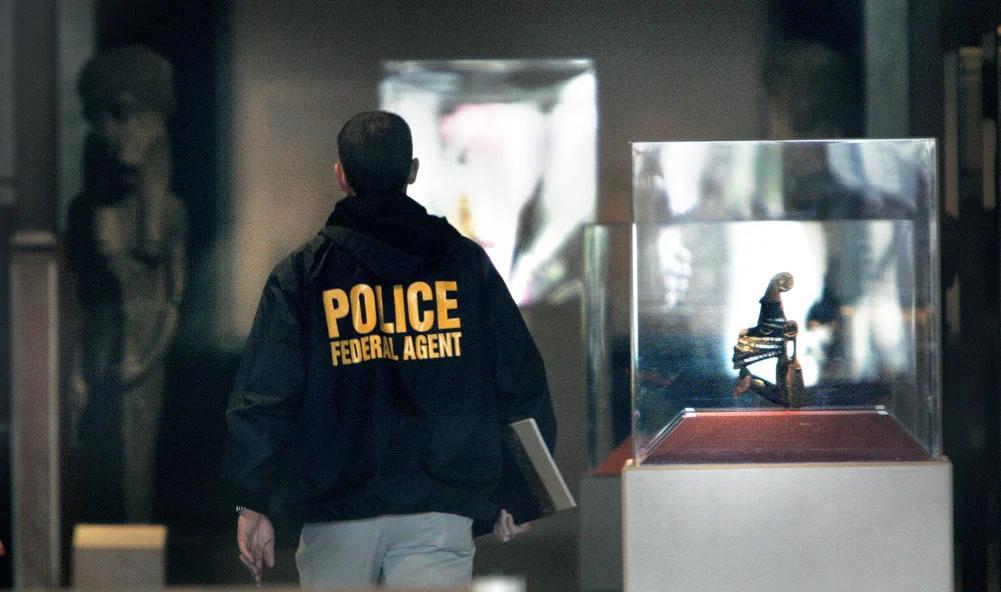
Academic Melody Rod-Ari reflects on collecting histories and provenance issues in Asian art – focusing on Ban Chiang, an important archaeological site in Thailand.
In 2008, American Federal agents served search warrants to five southern California museums as well as to two art dealers who had in their collections artifacts related to the prehistoric civilization of Ban Chiang, located in modern northeastern Thailand. Investigators who led the raids argued that virtually all Ban Chiang materials in the United States should be considered stolen property because of the 1961 Thai “Act on Ancient Monuments, Antiques, Objects of Art and National Museums” in conjunction with American laws such as the “National Stolen Property Act” of 1948 and the “Archaeological Resources Protection Act” of 1979. As a result, the Bowers and Mingei International Museums returned their objects to Thailand. Fifteen years later, objects at Los Angeles County Museum of Art, the University of Southern California Pacific Asia Museum, and the Berkeley Museum of Art and Pacific Film Archive remain in storage in a state of “constructive custody.” The objects are inaccessible to the visiting public, while remaining accessible to Federal agents so that when a decision is made, they can be returned to their rightful owners.
This case study brings up many interesting and complicated questions that will be discussed such as: should objects in constructive custody be on display, especially if they are the only of their kind at an institution? If so, how can their provenance become a meaningful part of their didactic narratives? In the case of the 2008 Ban Chiang raid, the Thai government was not the original plaintiff, nor has it actively requested the objects return. How should institutions react to calls for repatriation made by local agencies, community members or the public? Lastly, many agree that the return of objects to their place of origin can aid in the healing of past wrongs, but what responsibility do museums have to diaspora communities who also find meaning and ancestral connection with the same works?
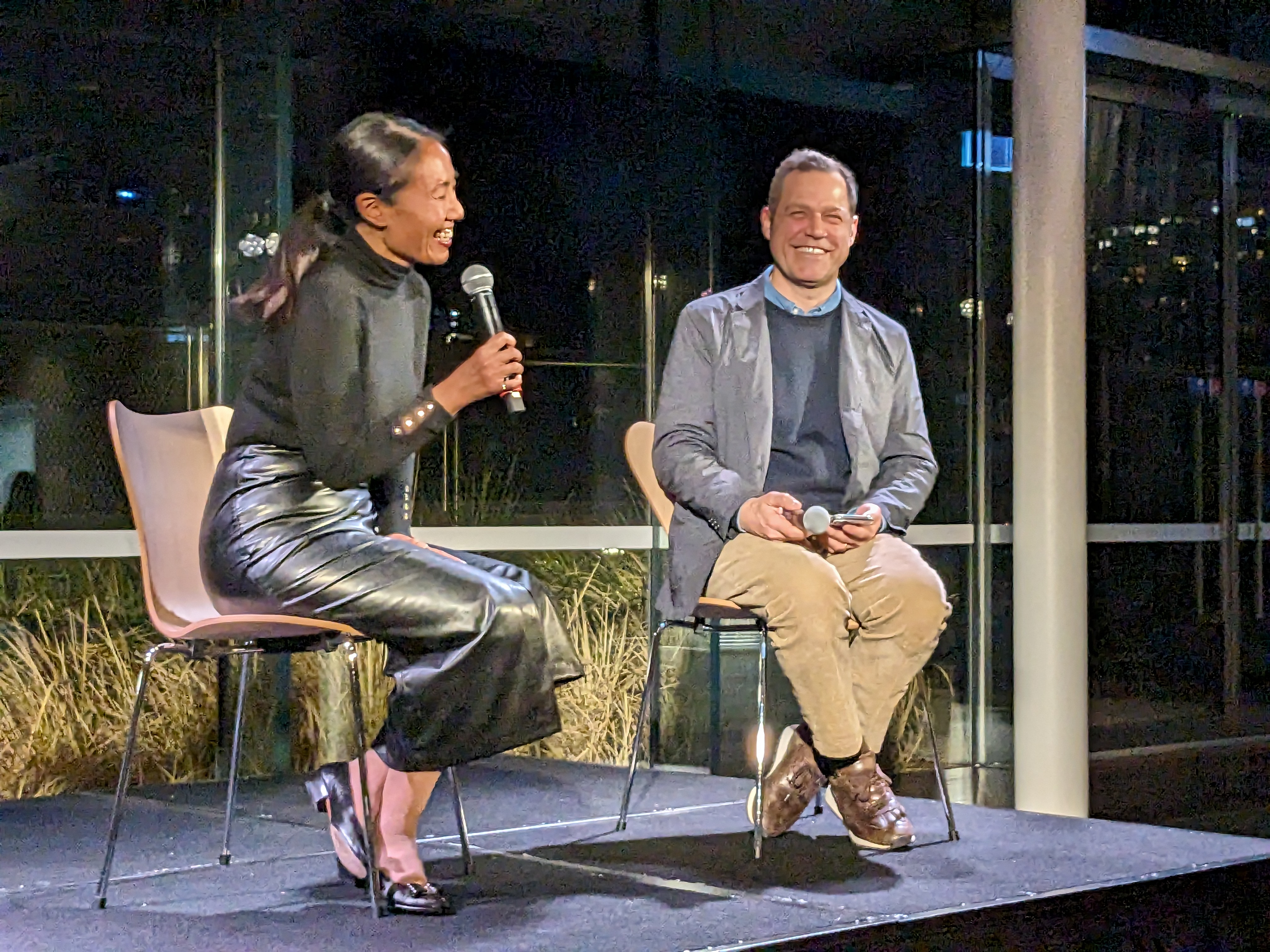
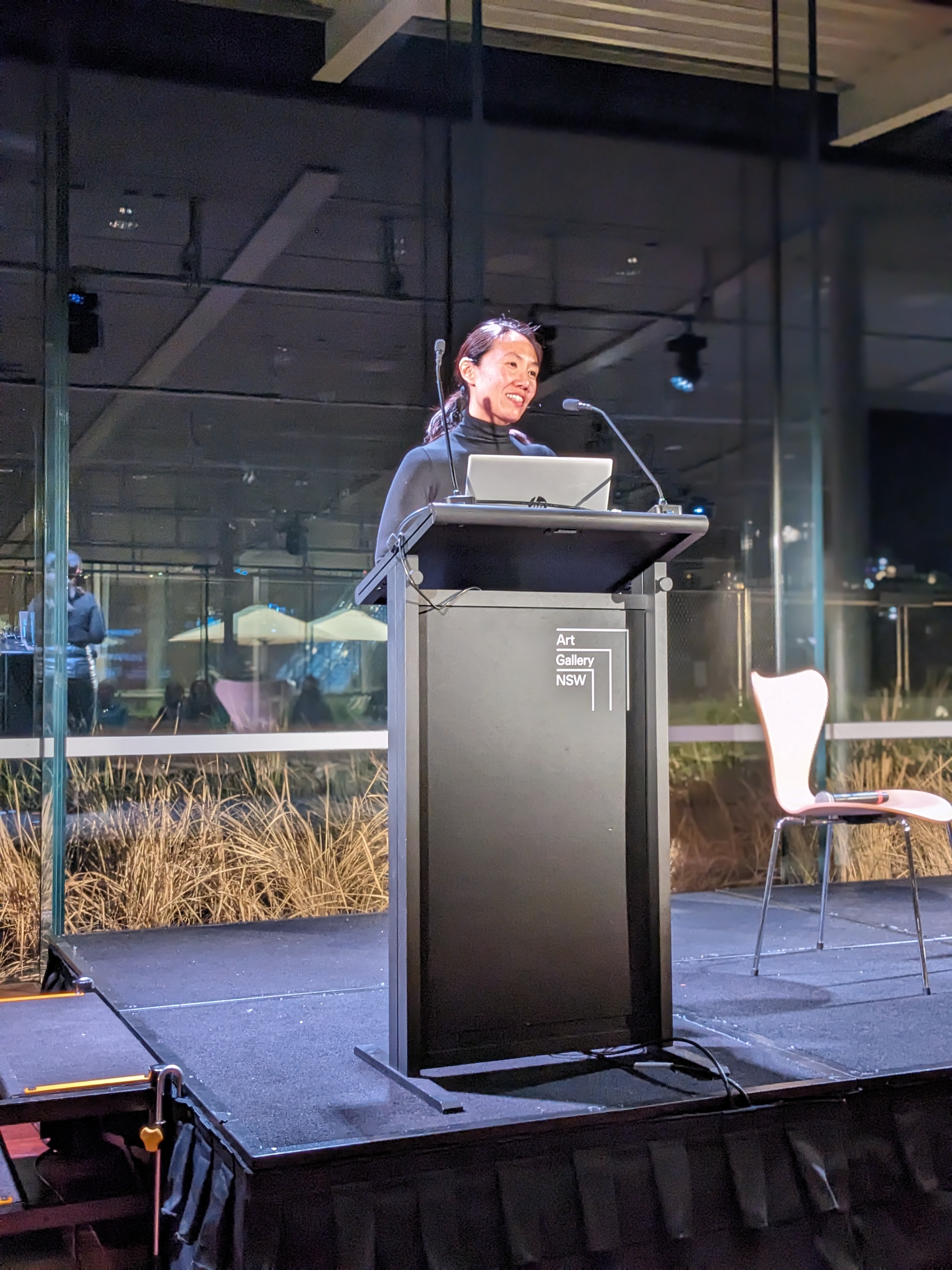
People
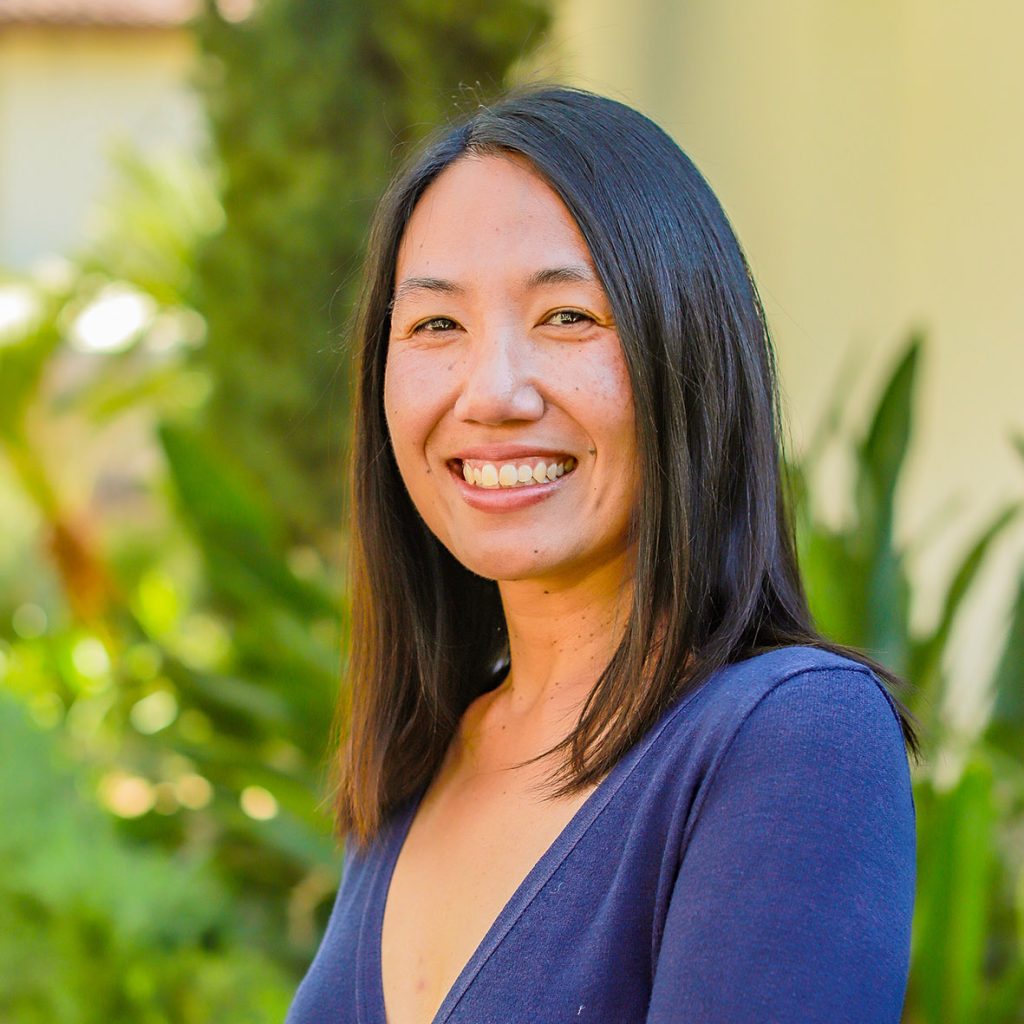
Melody Rod-ari
Melody Rod-ari is Associate Professor and Chair of Art History at Loyola Marymount University. She is also the Southeast Asian Content Editor for Smarthistory as well as an active curator who has organized exhibitions and permanent galleries for the Norton Simon Museum and the University of Southern California, Pacific Asia Museum. Her research investigates Buddhist visual culture in Thailand, and the history of collecting South and Southeast Asian art in America. Her work has been published by various journals and university presses and include topics such as “Returning ‘Home’: The Journey and Afterlife of Repatriated Objects (University of Florida Press, 2019) and “Who Owns Ban Chiang?: The Discovery, Collection and Repatriation of Ban Chiang Artefacts” (NUS Press, 2020).

